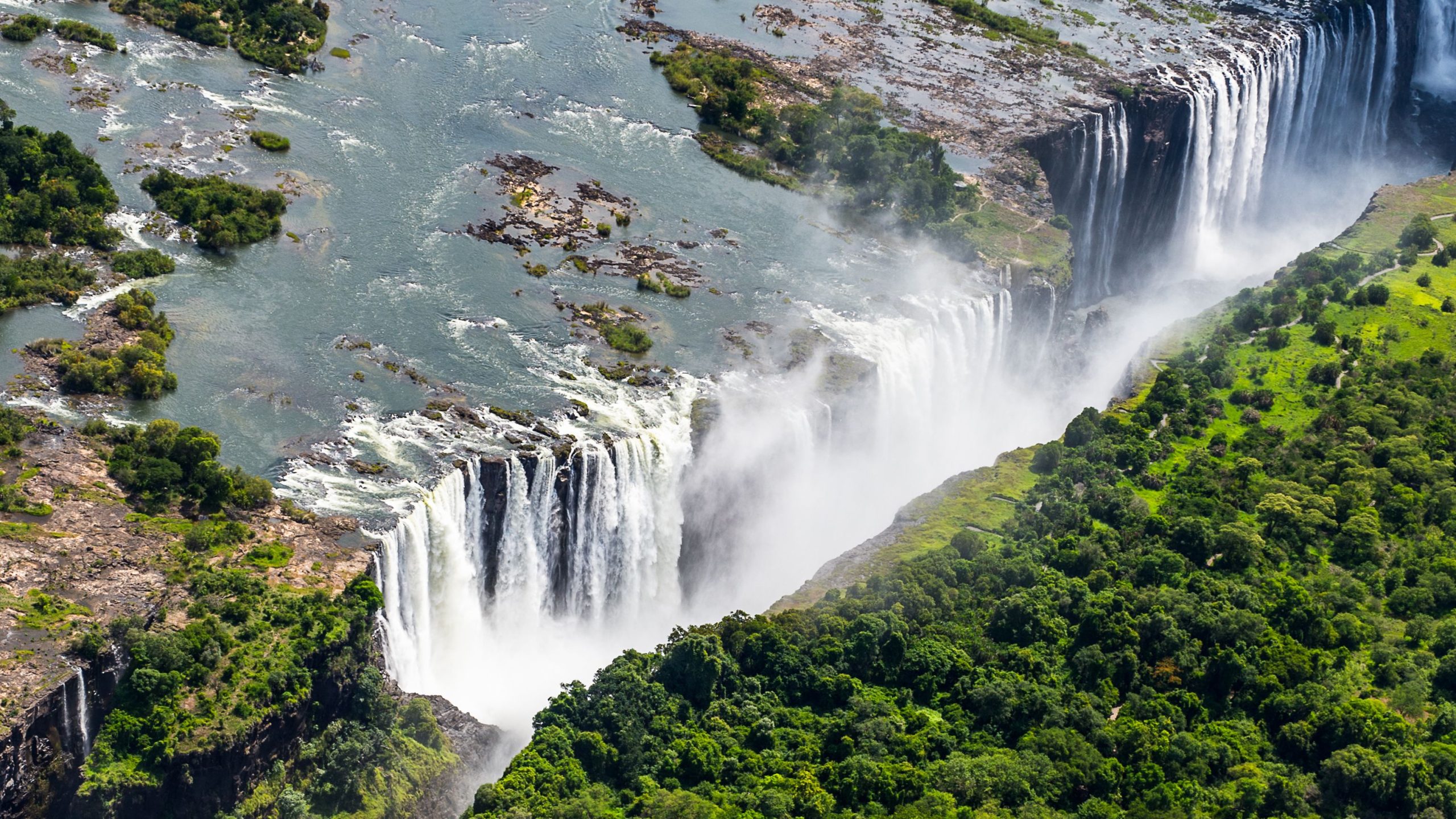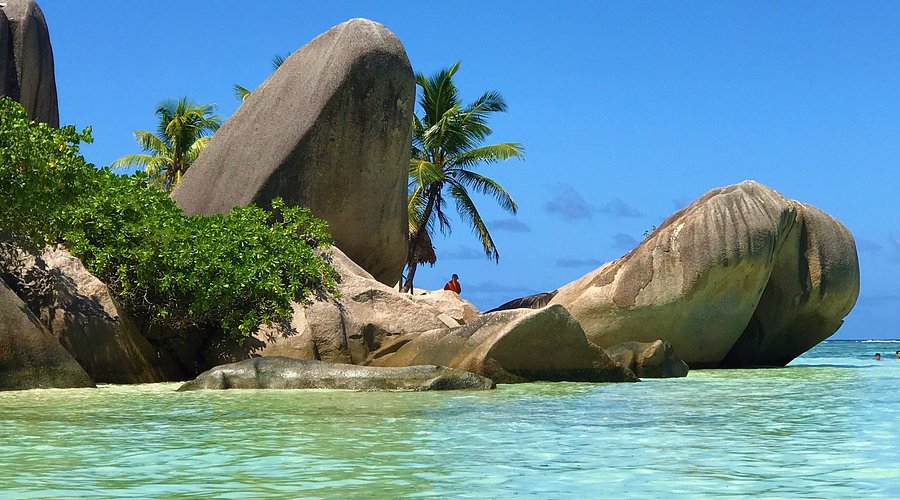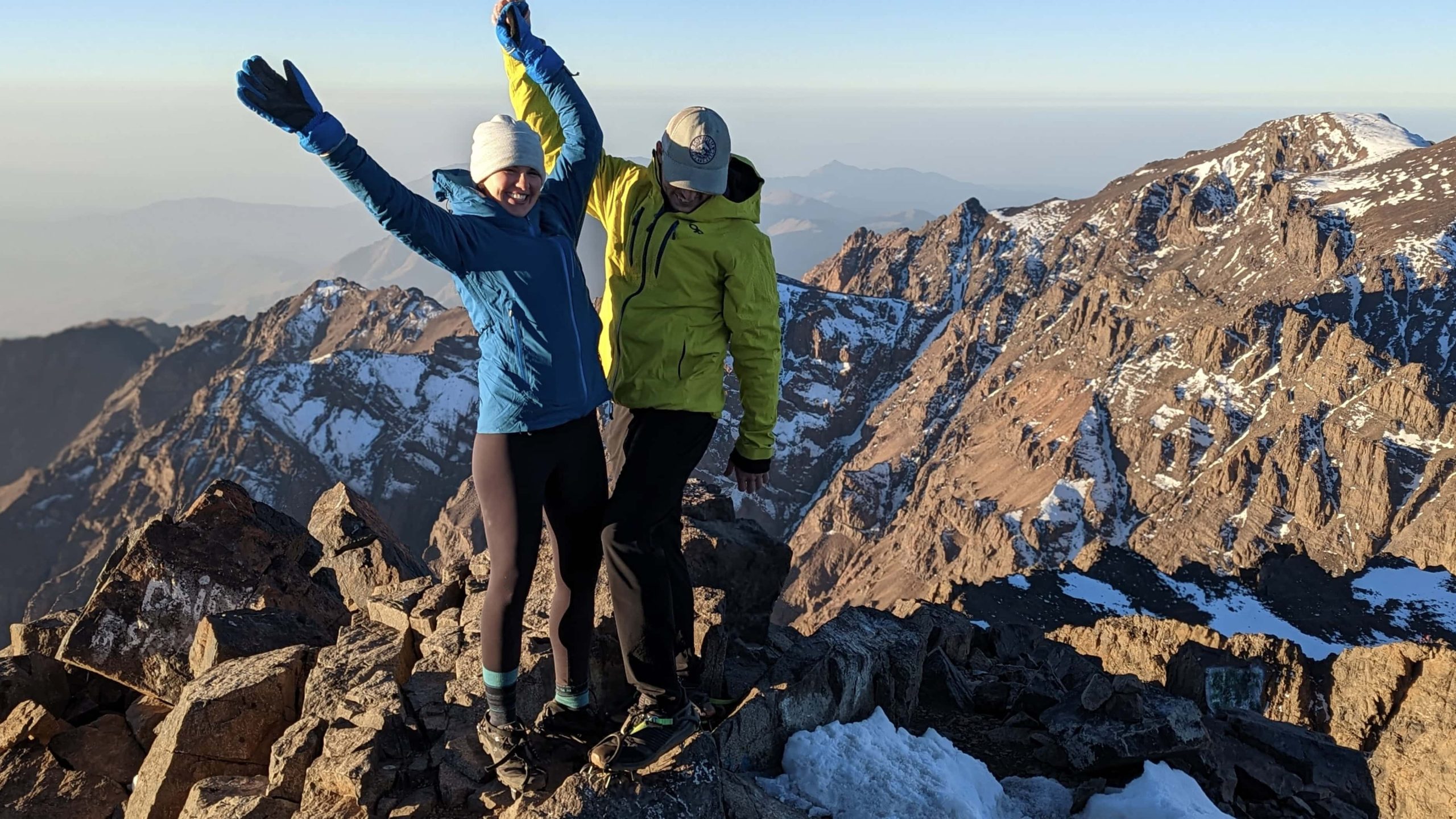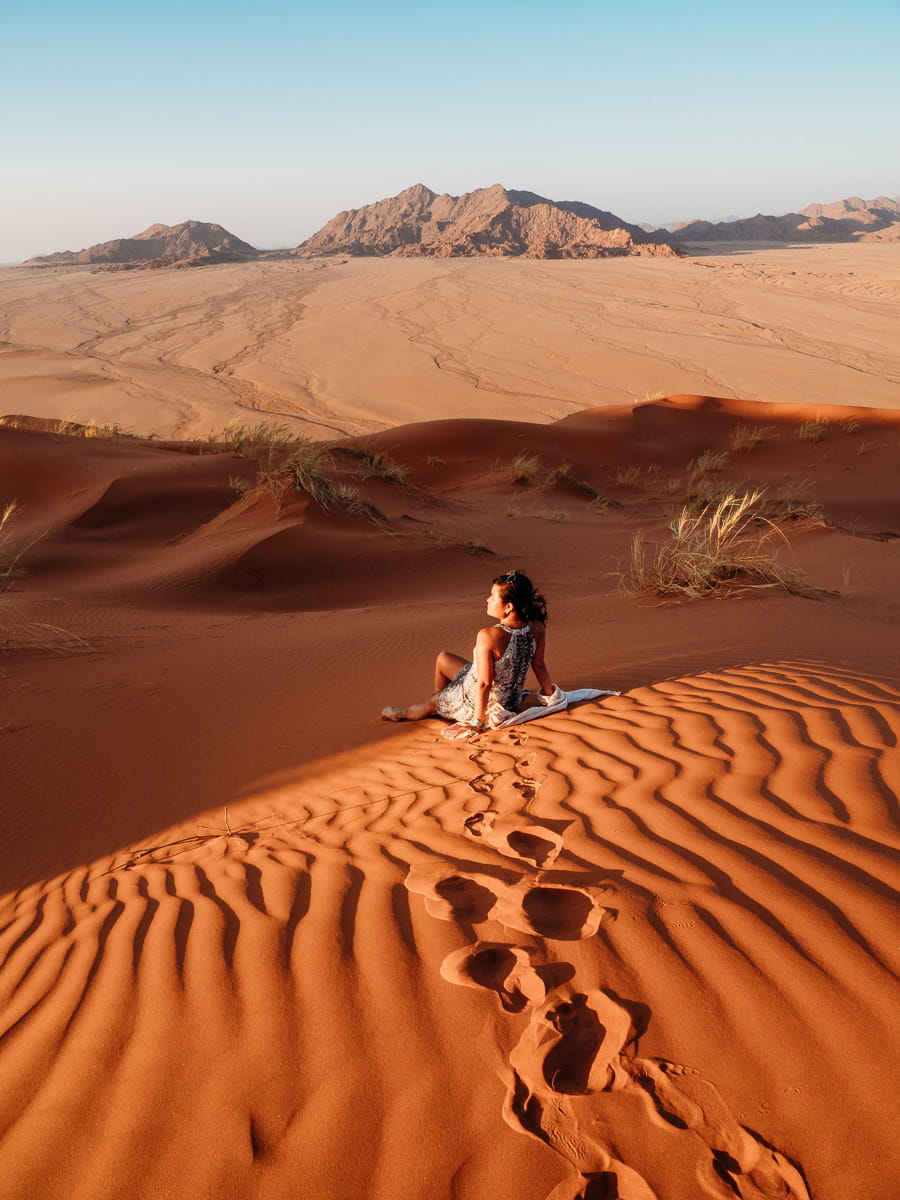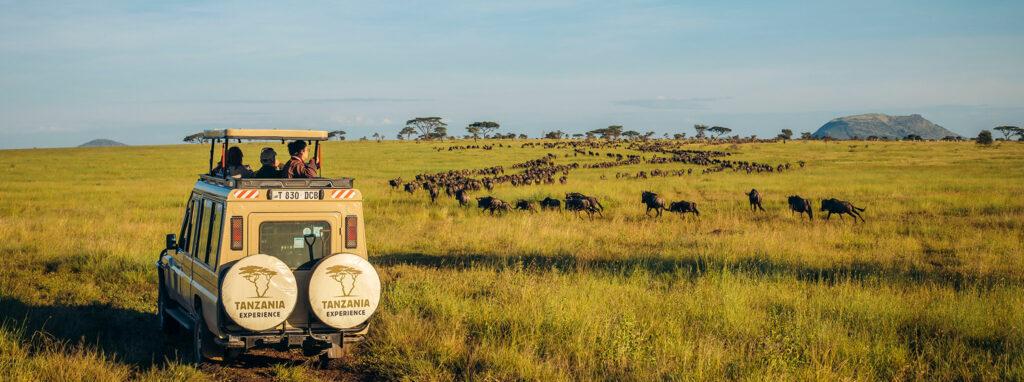Safari Kenya: Explore Maasai Mara & Top Wildlife Tours
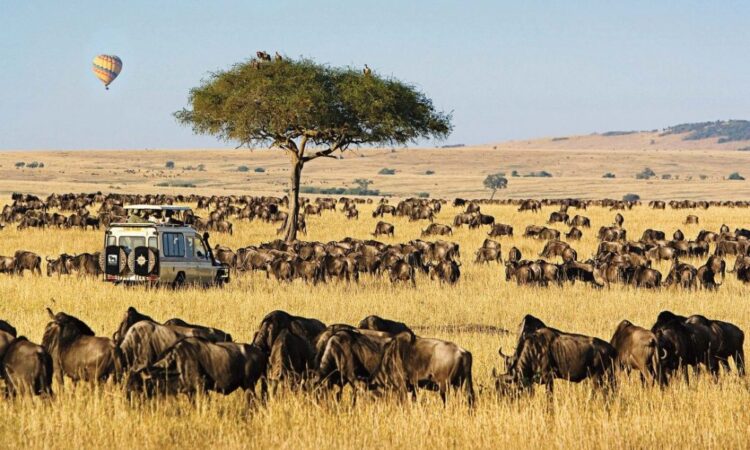
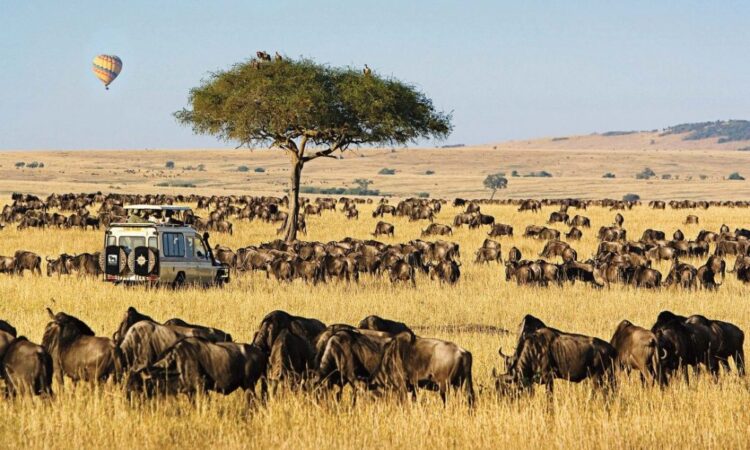
Ultimate Guide to Kenya’s Best Safari Spots: Maasai Mara and Beyond
Estimated Reading Time: 10 minutes
Key Takeaways
- The Maasai Mara National Reserve offers unmatched wildlife diversity and cultural experiences.
- Witness the breathtaking Great Wildebeest Migration from July to October.
- Choose from guided game drives, walking safaris, balloon rides, and cultural tours to enrich your visit.
- • Booking early and planning for 3–5 days maximizes your Maasai Mara safari adventure.
- Gain insight into the Maasai people’s semi-nomadic lifestyle and traditions.
Table of Contents
- Overview and Location
- The Great Wildebeest Migration
- Cultural Experiences with the Maasai Tribe
- Top Wildlife Tours in Maasai Mara
- Practical Tips for Booking and Visiting
- Frequently Asked Questions (FAQs)
- Conclusion
Safari Kenya: Explore Maasai Mara
Overview and Location
The Maasai Mara National Reserve is located in southwestern Kenya’s Narok County. Covering around 1,510 square kilometers (about 370,000 acres), it features vast open grasslands, acacia-dotted terrain, seasonal rivers, and rocky outcrops called kopjes. Nestled in the Great Rift Valley, Maasai Mara is the northernmost part of the Serengeti ecosystem, with an open border shared with Tanzania’s Serengeti National Park. This connection creates one of Africa’s richest ecosystems. Learn more about the rich wildlife diversity of Maasai Mara at Africa Geographic.
Name Significance
The reserve is named after the Maasai people, the indigenous semi-nomadic tribe that has lived in this region for hundreds of years. The word “Mara” means “spotted” in the Maasai language (Maa), referring to the landscape’s distinctive spotted pattern created by trees and shrubs.
Geography and Administration
Maasai Mara sits between 1,500 and 2,170 meters above sea level. It is sustained mainly by three rivers—the Mara, Talek, and Sand Rivers. The Mara River is renowned for being the dramatic crossing point during the Great Wildebeest Migration.
The Maa ecosystem comprises the government-managed Maasai Mara National Reserve plus several private Maasai Conservancies like the Mara Triangle, Lemek, and Ol Kinyei. These conservancies play a crucial role in conservation and tourism. Narok County manages the eastern section of the reserve, while the Mara Triangle is managed by the Mara Conservancy under leadership from the local Maasai community.
Wildlife and Natural Highlights
Maasai Mara is famous for hosting one of Africa’s highest concentrations of wildlife. It is home to the iconic Big Five: lions, leopards, African elephants, Cape buffalo, and black rhinoceroses. In addition, you can find cheetahs, zebras, giraffes, wildebeests, hyenas, and various antelope species thriving in this rich ecosystem. Due to its amazing diversity and density, Maasai Mara rightfully claims the title of Africa’s greatest wildlife reserve.
Source: Maasai Mara National Reserve Overview

Explore Maasai Mara: What Makes It Unique?
The Great Wildebeest Migration
One of the most thrilling spectacles in the natural world takes place right here. The annual Great Wildebeest Migration involves over 1.5 million wildebeests, plus hundreds of thousands of zebras and gazelles, moving from Tanzania’s Serengeti into Maasai Mara between July and October.
The highlight is the breathtaking crossing of the Mara River, where these massive herds face crocodiles and strong currents. This dramatic event draws tourists and photographers worldwide. More details on the migration timing and behavior can be found at National Geographic.
Cultural Experiences with the Maasai Tribe
Beyond wildlife, Maasai Mara offers authentic cultural experiences. Visit Maasai villages and meet the Maasai people known for their colorful dress, unique customs, and warrior heritage. Learning about their semi-nomadic lifestyle enriches your safari experience.
Some safari camps even employ Maasai warriors as wildlife guardians, combining conservation with cultural preservation. For insightful cultural experiences and suggested tours, see SafariBookings Cultural Tour.
Source: Great Wildebeest Migration and Maasai Culture
Top Wildlife Tours in Maasai Mara
Safari Options
- Guided Game Drives: These morning and afternoon drives focus on tracking the Big Five, lions, and cheetahs in their natural habitats. Expert guides share insights about animal behaviors and the ecosystem.
- Walking Safaris: Available in some private conservancies, walking tours offer close-up views of smaller wildlife and the flora of the savannah.
- Balloon Safaris: At dawn, a hot air balloon ride over Maasai Mara provides panoramic views of the vast landscape and migrating herds. This romantic option is perfect for photography.
- Cultural Tours: Combine wildlife viewing with visits to Maasai villages for a full cultural and natural immersion.
Best Times to Visit
- Great Wildebeest Migration: For a front-row seat to the migration, visit between July and October. August offers peak migration experiences.
- Year-round Wildlife Viewing: Maasai Mara’s permanent water sources ensure excellent animal sightings throughout the year.
Top Conservancies and Regions for Safari
| Region / Conservancy | Highlights | Management |
|---|---|---|
| Maasai Mara National Reserve (East) | Highest wildlife density, Big Five, cultural access | Narok County Government |
| Mara Triangle (West) | Best migration crossings, high predator sightings | Mara Conservancy and local Maasai |
| Private Conservancies (e.g., Lemek, Ol Kinyei) | Exclusive safaris, walking tours, eco-tourism | Maasai-run private conservancies |
These options range from widely accessible to exclusive, catering to different preferences and budgets.
Source: Safari Options and Best Times to Visit
Practical Tips for Booking and Visiting Maasai Mara
- Booking: Choose from local Kenyan tour operators, international travel platforms, or conservancy-run camps for booking your safari.
- Accommodation: Options range from luxury tented lodges with all comforts to affordable campsites for budget travelers.
- Duration: To truly experience Maasai Mara, allocate 3-5 days. This allows time for multiple game drives, migration viewing (if in season), and cultural visits.
Additional Tips:
- Carry binoculars and a camera with zoom lenses for better wildlife viewing.
- Pack lightweight, neutral-colored clothing to blend in with the environment.
- Bring insect repellent and sunscreen for comfort.
Source: Booking and Visiting Tips
For detailed booking tips and best time advice, see Wildebeest Safari Booking Tips.
Frequently Asked Questions (FAQs)
When is the best time to visit Maasai Mara?
The best time is between July and October for witnessing the Great Wildebeest Migration. However, wildlife can be seen throughout the year thanks to permanent water sources.
What animals can I expect to see?
Expect to see the Big Five—lion, leopard, elephant, buffalo, and black rhino—along with cheetahs, zebras, giraffes, wildebeests, and many antelope species.
Are there cultural tours available?
Yes! Visitors can experience Maasai culture by visiting local villages and learning about their traditions and lifestyle.
How long should I stay for a safari in Maasai Mara?
A 3-5 day trip is ideal to enjoy game drives, cultural tours, and, if in season, the migration.
Conclusion
Safari Kenya with a visit to Maasai Mara is an unforgettable adventure. With outstanding wildlife diversity, spectacular natural events like the Great Wildebeest Migration, and enriching cultural experiences with the Maasai, Maasai Mara is the ultimate safari destination. Whether you opt for guided game drives, walking safaris, or balloon rides, this reserve offers a once-in-a-lifetime chance to connect with Africa’s wild heart.
Plan your trip wisely, book through trusted operators, and prepare for awe-inspiring moments in Kenya’s greatest wildlife sanctuary.
